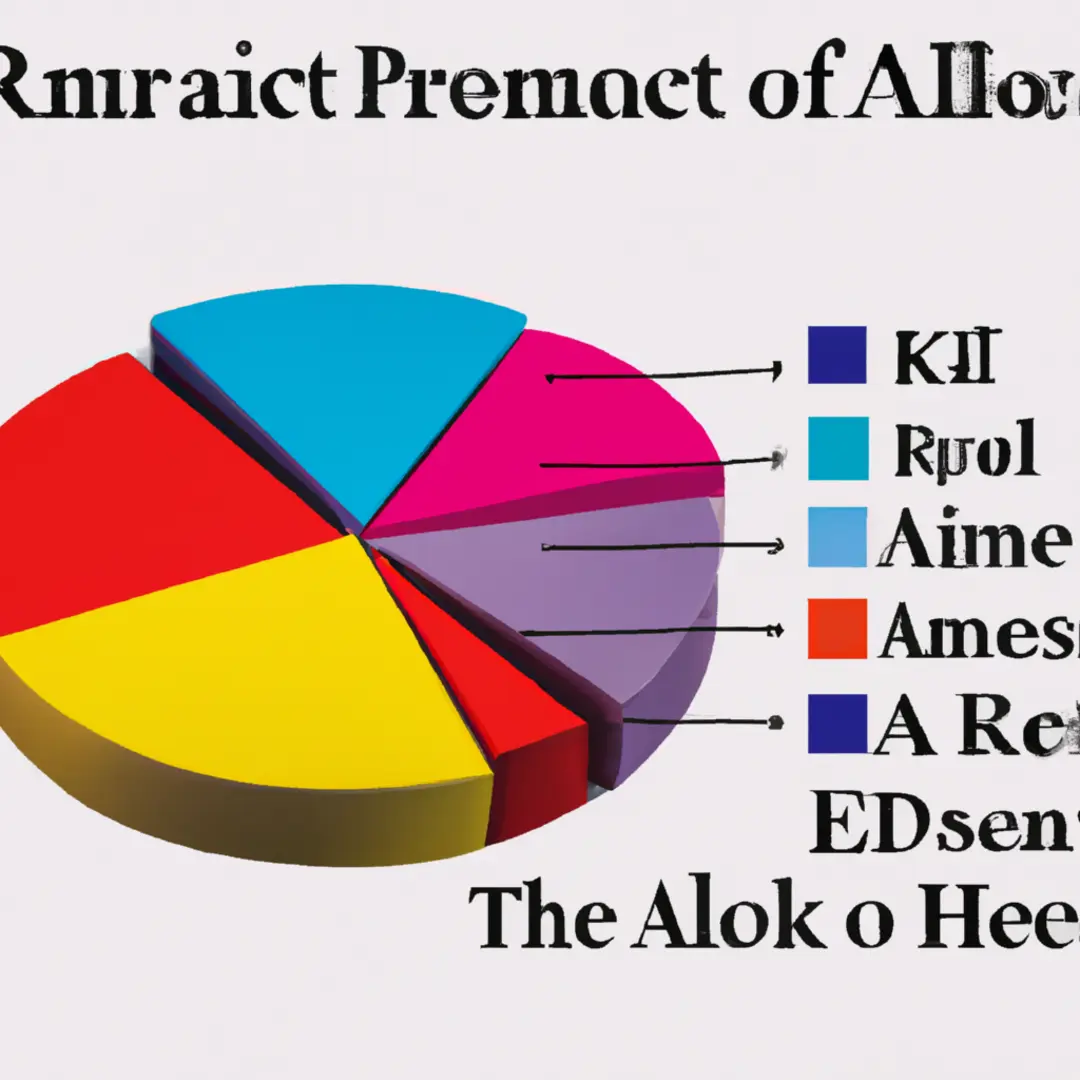Table of contents
- What is Allocation in Economics?
- Why is Allocation Important?
- How Scarcity Influences Allocation
- How Do Economic Theories Address Allocation?
- How Do Different Economies Allocate Resources?
- What Are the Key Factors in Resource Allocation?
- Allocation in Detail
- What Happens When Allocation Fails?
- Real-Life Applications of Allocation
- In Conclusion: Understanding Allocation is Crucial
What is Allocation in Economics?

In economics, allocation is about how we distribute resources when they are scarce. We have to make choices on who gets what and why. It covers everything from physical items to intangible assets and plays a crucial role in economics.
Why is Allocation Important?

Good allocation is vital to a healthy economy. It allows us to maximize production and meet as many needs as possible. Poor allocation, on the other hand, can lead to waste and dissatisfaction.
How Scarcity Influences Allocation
Because resources are limited, we have to decide how they’re shared out. This gives rise to the concept of opportunity cost, the trade-off made when choosing one option over another.
How Do Economic Theories Address Allocation?

Microeconomic Theories
Microeconomic theories examine allocation on an individual level. They explore supply and demand, market equilibrium, and similar concepts, shedding light on how prices are decided and resources are shared in different market structures.
Macroeconomic Perspectives
Macroeconomic perspectives look at how an entire economy allocates resources. They cover things like fiscal and monetary policy, and how these can impact overall resource distribution.
Allocative Efficiency vs Equity
Allocative efficiency and equity are two critical considerations. Efficiency refers to the perfect balance of demand and supply, while equity pertains to the fairness of resource distribution.
How Do Different Economies Allocate Resources?

Market Allocation
In free-market economies, allocation is guided by supply and demand. Prices here play an essential role in indicating scarcity and directing resource distribution.
Command Allocation
In command economies, it’s the government that decides how resources are allocated. This system is a characteristic of socialist or communist systems.
Mixed Allocation Systems
Most modern economies use a mix of market and command allocation. Governments intervene in markets to manage stability, rectify market failures, and address social or environmental issues.
What Are the Key Factors in Resource Allocation?

In economics, resources are inputs (like labor or capital) and outputs (goods or services). Resource allocation deals with finding the best way to use inputs to produce desired outputs. This process is influenced by a range of factors including supply and demand, government policies, and cultural norms.
Allocation in Detail

Factor Markets
Resources like labor, capital, and natural resources are allocated differently in factor markets, influenced by factors such as wages, interest rates, and legal frameworks.
Product Markets
In product markets, goods and services are allocated based on market structures. In competitive markets, prices play a dominant role while in monopolistic markets, firms have more influence over allocation.
Government Involvement
The government plays a considerable role in resource allocation through its policies and regulations. They use tools like taxes and subsidies to influence allocation, and they also manage the provision and distribution of public goods.
Allocation in an International Context
Global trade significantly influences resource allocation, with countries exploiting their comparative advantage to efficiently use resources. Developing economies, however, face unique challenges that require the aid and support of more robust economies and international organizations.
What Happens When Allocation Fails?

When markets fail to efficiently allocate resources, it results in problems such as externalities, unbalanced market power, and public goods issues. It’s crucial to identify these failures to formulate suitable corrective policies.
Real-Life Applications of Allocation

Allocation is an integral part of sectors like healthcare and technology, influences the distribution of natural resources, and is also immensely affected by technological advancements, behavioral economics, and novel predictive models and algorithms.
In Conclusion: Understanding Allocation is Crucial

Allocation in economics involves making important choices about distributing resources. With its effects on economics being profound, better understanding its dynamics, through innovative methods and transparency, can help ensure a healthier economy and improved societal welfare.
Importance of Allocation
Efficient allocation plays a crucial role in economics by maximizing production and fulfilling as many needs and wants as possible. Conversely, inefficiency results in wastage and dissatisfaction, failing to satisfy wants and needs.
Insights for Policymakers
To design effective policies, policymakers need to understand the factors influencing allocation. Policies should strive to promote allocative efficiency, address equity and facilitate sustainable outcomes.
Moving Towards Better Allocation
The study of allocation is a constant effort, and as our understanding evolves, so must our practices. By exploring innovative methods, identifying and addressing market failures, and promoting transparency and inclusiveness, better allocation practices can be established.





